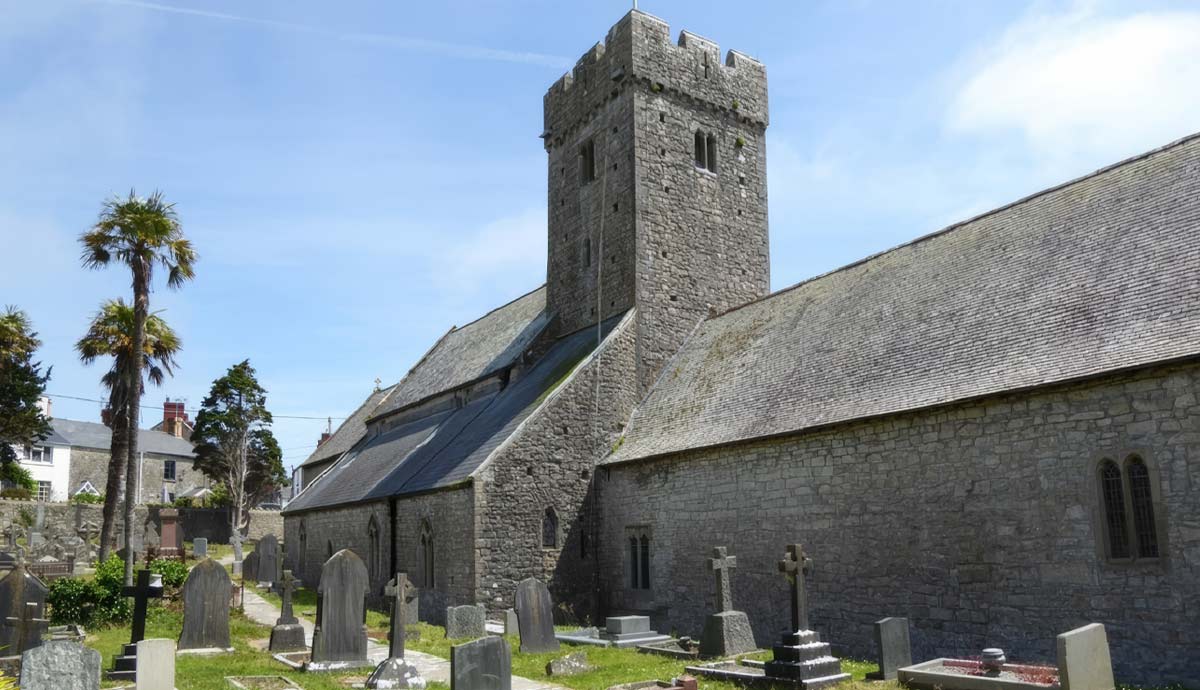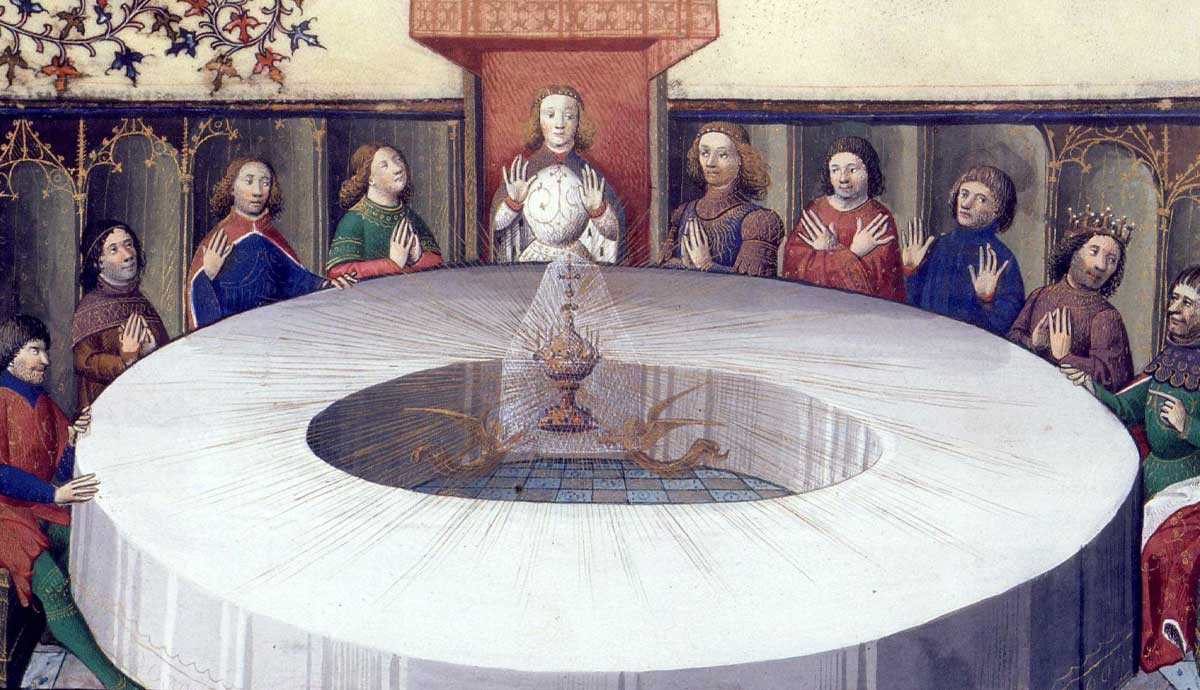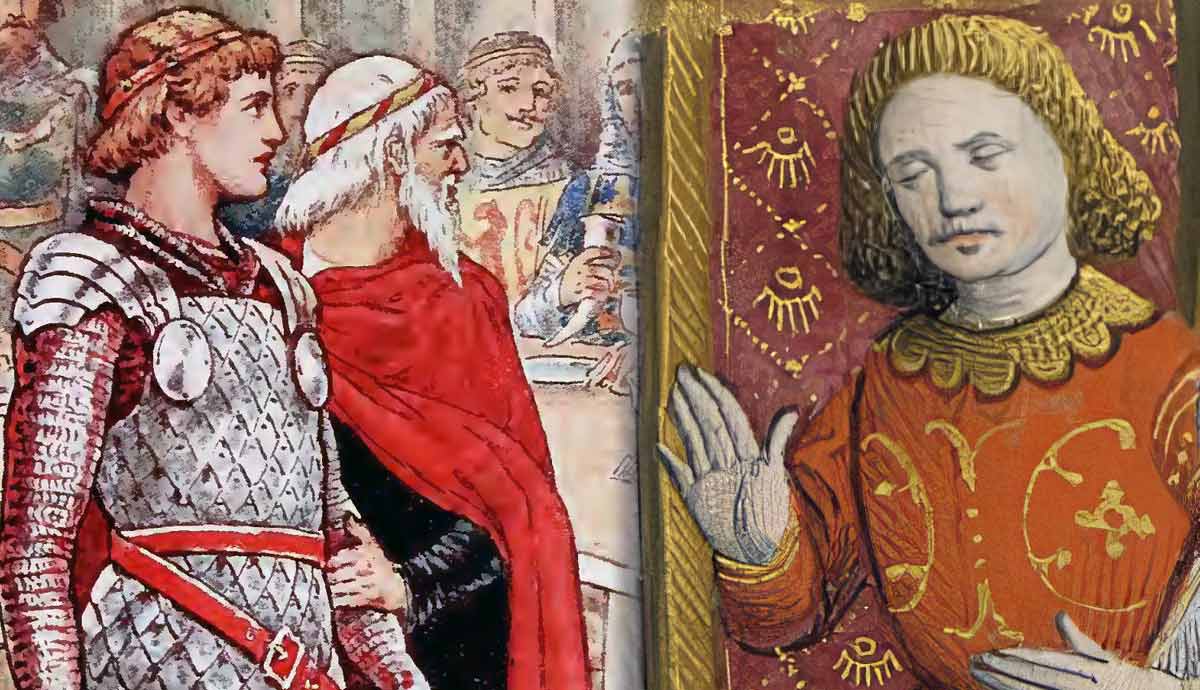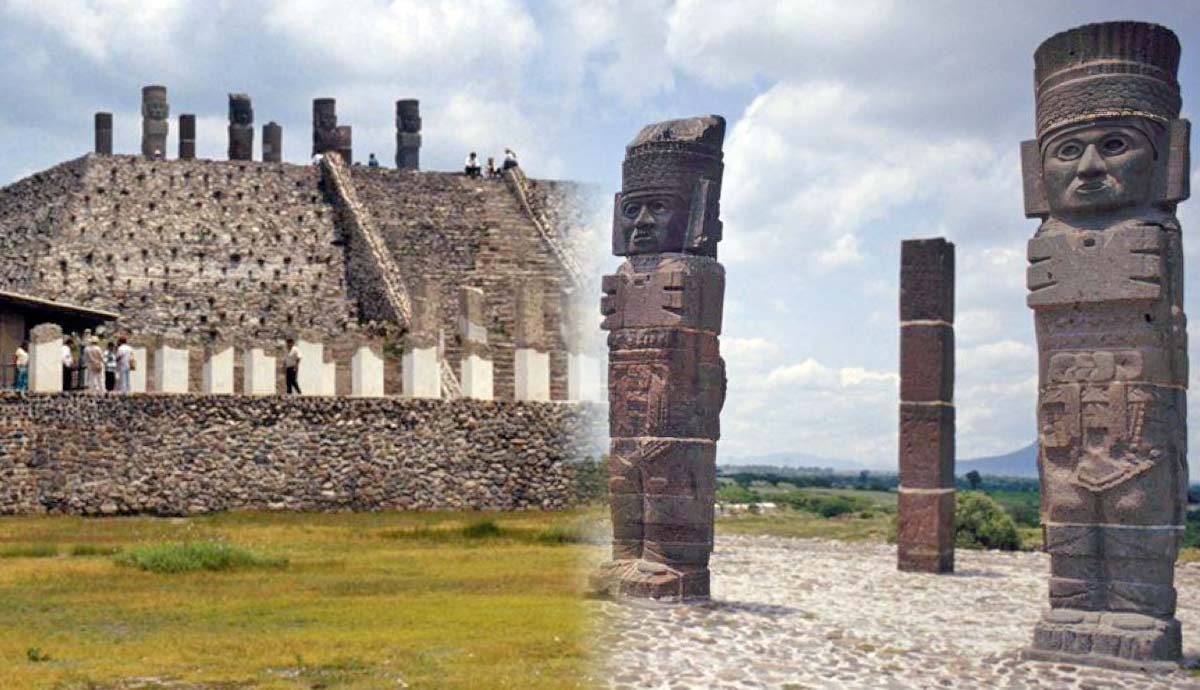
The post-Roman era of Britain is synonymous with the Dark Ages. Due to the very name of this era, many today view it as a time during which society had collapsed and Britain was in chaos. While such a view is not entirely without basis, there was still considerable development and intellectual progress. In fact, the very earliest known center of learning in Britain is often held to have been established in this era. This college, perhaps the first ever founded in the country, was established by a prominent figure named Illtud.
Who Was Illtud, Founder of Britain’s Oldest College?

Illtud was one of the most important and influential religious figures in early medieval Britain. He appears in several hagiographies or biographies of the Saints. Due to the immense concentration of saints during this period, the period from roughly 450 to 650 is sometimes known as the Age of the Saints in British history. Yet, of all the saints, Illtud stands out as one of the most important.
Furthermore, Illtud is also one of the most firmly historical of all the religious figures of this era. He appears in the earliest surviving hagiography, the Life of St Samson. This was written perhaps as early as the 7th century, long before most of the other hagiographies. He also has a hagiography dedicated to him, the Life of St Illtud.
These various sources tell us that Illtud was the wisest, most intelligent, and most educated figure in Britain at that time. He was also believed to have been able to foretell the future, much like the learned figure of Merlin.
Illtud’s College

Given Illtud’s incredible mind, it is no wonder that he should be responsible for the founding of the oldest college in Britain. According to the Life of St Illtud, the early part of his adulthood was spent as a military man. He served in the court of a certain King Poulentus of Glamorgan. He achieved a very high status within his royal court, becoming the master of the king’s whole army. However, he was eventually persuaded to pursue a completely religious life. Upon doing so, he founded a religious site known as Llanilltud Fawr.
This was a church, but it also functioned as a center of general learning. The account in the Life of St Illtud states that many people from all over Britain traveled to Llanilltud Fawr to be educated in the seven arts. Thus, people at this school apparently learned grammar, rhetoric, logic, astronomy, arithmetic, geometry, and music. The same seven schools are listed above the entranceways in the quadrangle of Oxford University’s Bodleian Library.

Not only was this Britain’s oldest college, but it was also an exceptionally popular one. This was not just a center of learning that was used by those in the immediate region. Rather, there is evidence that people from faraway parts of Britain traveled there to receive an education. For example, a 6th-century monk called Gildas appears to refer to Illtud and his college in his De Excidio. One part of this document is a condemnatory message addressed to a powerful king named Maglocunus. Scholars widely agree that this king can be identified with Maelgwn Gwynedd, a king of northwest Wales. Llanilltud Fawr, meanwhile, is in southeast Wales.
Gildas refers to Maelgwn as being educated by the “most eloquent master of almost all Britain.” It is thought that he was probably referring to Illtud. He was by far the most prominent educator in Britain in Maelgwn’s time. This apparent reference to him in a contemporary document shows just how far-reaching and popular his college was.
When Was Illtud’s College Founded?

When, exactly, was Britain’s oldest college founded? The answer to that question, without doubt, is some time in the 6th century. However, can we be more specific than that? As it happens, there is some controversy surrounding the dating of Illtud. The reason is that the Life of St Samson, the earliest source for this figure, mentions that Illtud was educated by Germanus. This is generally assumed to be Germanus of Auxerre, who visited Britain in 430 and 446. Due to this, some modern sources conclude that Illtud was predominantly or even entirely a 5th-century figure. This would mean that his college, Llanilltud Fawr, would presumably have been founded in about the mid-to-late 5th century.
Since Germanus of Auxerre died in 448, any disciple of his must have already been at least a youth by then. This makes it unlikely that Illtud survived beyond the early 6th century, and his college must have been established for a significant period before his death.

However, a further examination of the evidence makes it clear that this chronology is entirely impossible. The very same source that states that Illtud was a disciple of Germanus, the Life of St Samson, makes it clear that Illtud was an older contemporary of Samson. It is Illtud, after all, who educates Samson at Llanilltud Fawr. Samson was a thoroughly 6th-century figure since he was involved in the overthrow of Count Conomor of Brittany. We know that this occurred in 560 because it was described by Gregory of Tours, a contemporary Frankish historian.
Therefore, Illtud cannot have been a disciple of Germanus of Auxerre. In reality, the earliest source that specifies which Germanus educated Illtud is the Life of St Brioc, written in the 9th century. This source specifies that Illtud was a disciple of Germanus of Paris, usually known as Germain of Paris. He became a priest in 530, which indicates that the year 530 is the earliest that Illtud could have become his disciple.
Evidence From Samson of Dol

However, a further examination of the Life of St Samson shows that Illtud’s college, the oldest in Britain, cannot have been founded much later than that. The reason is that the hagiography tells us specifically that Samson expressed to his parents his desire to go to school when he was just five years old. His parents then sent him to Llanilltud Fawr to be educated by Illtud. Hence, the account makes it clear that Illtud’s college already existed when Samson was five years old, or a year or so after that at most.
However, Samson is shown to have already been a bishop at the time of Conomor’s overthrow, which occurred in 560. Therefore, Samson must have been an experienced adult, probably at least 30 years old, when this occurred. It is true that the standard minimum age of bishops in the medieval period was 35. However, due to the paucity of reliable information about religious customs in early Dark Age Britain, there is no basis for knowing the intricacies of religious customs in early Dark Age Britain.

In any case, it does seem reasonable to place Samson’s birth at least 30 years before Conomor’s death in 560. That would mean that he would have been five years old in c. 535, meaning that Illtud’s college must have already been established by then. However, Illtud is presented as approaching King Childebert I about Conomor, who died in 558. Illtud was already a bishop by then and had been for some time. Therefore, we can likely place the start of his tenure as bishop in 556 or 557 at the very latest.
This would mean that Samson’s birth should be placed in c. 526 or 527, and the college must have already been founded by about 531 or 532. Therefore, we can conclude that Illtud became a disciple of Germanus of Paris in 530, the same year the latter became a priest. Shortly afterward, he returned to Britain to found his own church.
What We Know About Britain’s Oldest College

In conclusion, what do we know about Britain’s oldest college? The oldest center of learning in Britain appears to have been the church founded by Illtud, known as Llanilltud Fawr. This is in Glamorgan, southeast Wales. It was a center of learning that was frequented by people from all over Britain, including Samson of Dol, Maelgwn Gwynedd, and Gildas. There, people learned rhetoric, grammar, logic, astronomy, arithmetic, geometry, and music. Its founder, Illtud, was remembered as being one of the most intellectually remarkable people of his time.
Regarding when exactly Britain’s oldest college was founded, we can place its establishment in approximately 531 or 532. This conclusion is based on an analysis of the evidence from the contemporary writings of Gregory of Tours, the near-contemporary Life of St Samson, and the later Life of St Brioc. Illtud was evidently a disciple of Germain of Paris, not Germanus of Auxerre, as commonly believed.









